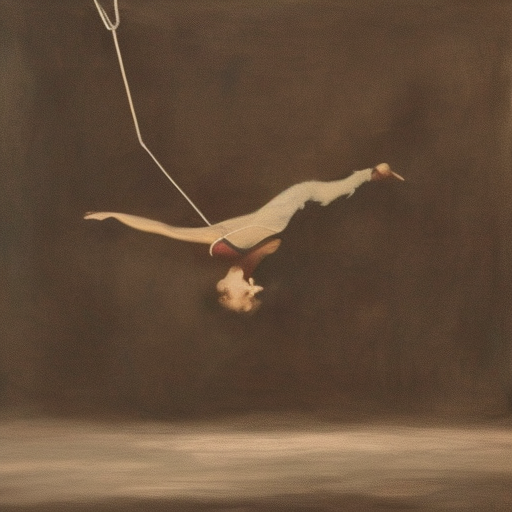The Circus by Charlie Chaplin
One-line Summary:
In “The Circus,” a down-on-his-luck tramp inadvertently becomes the star of a circus, while also falling in love with the circus owner’s daughter, leading to a series of comedic mishaps and misunderstandings.
Main Cast and Crew:
- Director: Charlie Chaplin
- Writer(s): Charlie Chaplin
- Key Actors: Charlie Chaplin as The Tramp, Merna Kennedy as Merna, Allan Garcia as Rex, Harry Crocker as The Circus Proprietor
- Music Director: Charlie Chaplin
- Director of Photography: Roland Totheroh
- Producers: Charlie Chaplin
Plot:
“The Circus” follows the misadventures of The Tramp, a penniless wanderer who stumbles upon a circus while fleeing from the police. Mistaken for a pickpocket, he unintentionally becomes the star of the show after his comedic antics captivate the audience. Meanwhile, he falls in love with Merna, the circus owner’s daughter, who is trapped in an unhappy engagement with the arrogant tightrope walker, Rex.
As The Tramp’s popularity soars, he becomes an integral part of the circus, performing various acts, including tightrope walking and clowning. However, his attempts to woo Merna are constantly thwarted by Rex’s jealousy and the circus proprietor’s disapproval. The Tramp’s comedic routines, filled with slapstick humor and physical gags, provide moments of laughter and entertainment throughout the film.
Amidst the chaos, The Tramp faces numerous challenges, from being chased by a ferocious lion to accidentally causing havoc during a high-wire act. Despite his clumsiness, he manages to win the hearts of both the audience and Merna. However, when his true identity is revealed, The Tramp is once again rejected and finds himself alone and heartbroken.
Themes and Motifs:
“The Circus” explores themes of love, resilience, and the power of laughter. The film portrays the struggles of an outsider trying to find acceptance and love in a world that often rejects him. Through his physical comedy, Chaplin highlights the resilience of the human spirit and the ability to find joy even in the most challenging circumstances.
The motif of masks and mistaken identities is prevalent throughout the film, symbolizing the complexities of human relationships and the masks people wear to hide their true selves. The circus itself serves as a metaphor for life, with its ups and downs, and the constant balancing act required to navigate through it.
Reception and Legacy:
Upon its release in 1928, “The Circus” received critical acclaim for its comedic brilliance and Chaplin’s masterful performance. Although the film was released during the transition to sound films, Chaplin chose to keep it silent, which was seen as a bold artistic choice. Despite the lack of dialogue, the film’s physical humor and Chaplin’s expressive face and gestures resonated with audiences worldwide.
“The Circus” was nominated for four Academy Awards, including Best Picture, Best Director, Best Actor, and Best Original Score. However, due to a mix-up with the voting process, the film was removed from the nominations. Nevertheless, it remains one of Chaplin’s most beloved works and a testament to his genius as a filmmaker and performer.
The film’s legacy in cinema is significant, as it showcases Chaplin’s ability to blend comedy and pathos seamlessly. “The Circus” continues to be celebrated for its timeless humor and its exploration of universal themes. It serves as a reminder of the enduring power of silent films and Chaplin’s enduring influence on the art of filmmaking.
Recommendation:
“The Circus” is a must-watch for fans of Charlie Chaplin and silent films. With its blend of physical comedy, heartfelt moments, and social commentary, the film offers a delightful and entertaining experience. Chaplin’s iconic portrayal of The Tramp and his ability to evoke laughter and empathy make “The Circus” a true classic that transcends time.
Memorable Quote:
“Life is a tragedy when seen in close-up, but a comedy in long-shot.” – The Tramp












